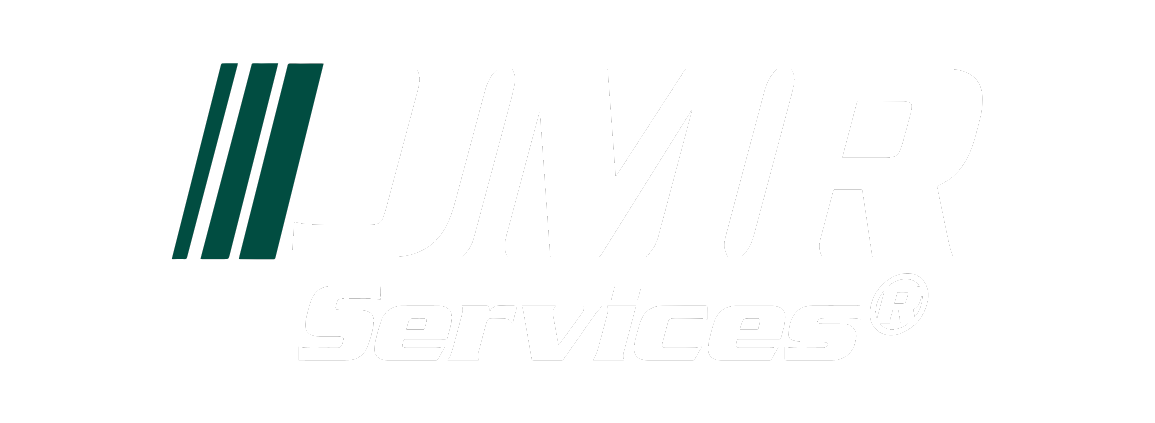What is Plugging and Abandonment? A Beginner’s Guide
- Kate Rocha
- 3 days ago
- 3 min read

The oil and gas industry is often associated with exploration and production, but what happens when a well reaches the end of its life? This is where Plugging and Abandonment (P&A) comes into play, a critical process that ensures unused or non-productive wells are safely sealed off, protecting the environment and surrounding communities from potential hazards. In this guide, we’ll break down the basics of P&A, why it’s essential, and how it benefits both the industry and the environment.
What is Plugging and Abandonment?
Plugging and Abandonment is the process of safely closing oil, gas, CO2, or water wells that are no longer in use. Wells, when left improperly sealed, can pose serious risks, including leaks of methane gas and contamination of groundwater. P&A operations ensure that these wells are securely sealed to prevent any future issues.
The process involves:
Clearing the wellbore: Equipment, such as pipes and casings, are removed.
Placing barriers: Cement plugs and other materials are set within the well to block any potential pathways for fluid migration between geological formations.
Sealing the surface: The wellhead is removed, and the upper part of the well is capped below ground, restoring the site to its natural state.
Why is Plugging and Abandonment Necessary?
Without proper abandonment, wells can become environmental hazards. Over time, pressure from underground formations may push oil, gas, or other fluids to the surface or into nearby water sources, leading to pollution. Plugging these wells ensures they are sealed off from the earth’s surface and other formations, preventing leaks.
P&A also plays a significant role in methane mitigation. Methane is a potent greenhouse gas that contributes to climate change, and abandoned wells are often a source of methane emissions. Properly sealing these wells helps reduce the industry's environmental footprint.
How is Plugging and Abandonment Done?
The process of P&A involves several careful steps:
Site Evaluation: Engineers and site supervisors assess the condition of the well and surrounding area. This step includes checking for any hazardous atmospheres and preparing a safe operating environment.
Wellbore Clearing: Specialized rigs and equipment are used to remove the rods, pumps, and other components from the well. If obstructions, such as stuck tubing, are encountered, fishing tools or cutting methods are employed to extract them.
Cement Plugging: Cement is used to create barriers within the well. These barriers are placed at strategic points to block any fluid movement between underground formations and protect groundwater. Each cement plug is tested to ensure it has properly set and will hold for the long term.
Surface Sealing and Reclamation: Once the well is sealed, the wellhead is cut off below ground, and the surface is restored to its natural state, ensuring that the site poses no future environmental or safety risks.
The Importance of Regulations in P&A
Government regulations play a crucial role in ensuring that P&A operations are done safely and effectively. In the U.S., both federal and state agencies set standards for how wells should be plugged and abandoned, making sure that these processes protect the environment and public health.
For example, the Inflation Reduction Act’s Methane Emissions Reduction Program incentivizes companies to manage methane emissions, making proper P&A practices not only beneficial but also legally mandated. These regulations ensure that companies like JMR Services follow stringent protocols to meet and exceed environmental and safety standards.
Environmental and Community Benefits
Proper well abandonment safeguards the environment and the communities surrounding these wells. By sealing wells securely, P&A prevents the release of harmful gases like methane and protects water supplies from contamination. This process is a key part of responsible oil and gas operations and helps maintain public trust in the industry.
Additionally, the careful reclamation of abandoned well sites means that land can be returned to a near-natural state, often suitable for farming, wildlife, or other uses, depending on the location.
Plugging and Abandonment is an essential aspect of the oil and gas industry that often goes unnoticed. However, it plays a vital role in protecting the environment, reducing greenhouse gas emissions, and ensuring the safety of communities near oil and gas operations. At JMR Services, we take pride in our meticulous approach to P&A, adhering to the highest industry standards to ensure that every well we abandon is sealed with precision and responsibility. By doing so, we help create a safer, cleaner, and more sustainable future for everyone.
